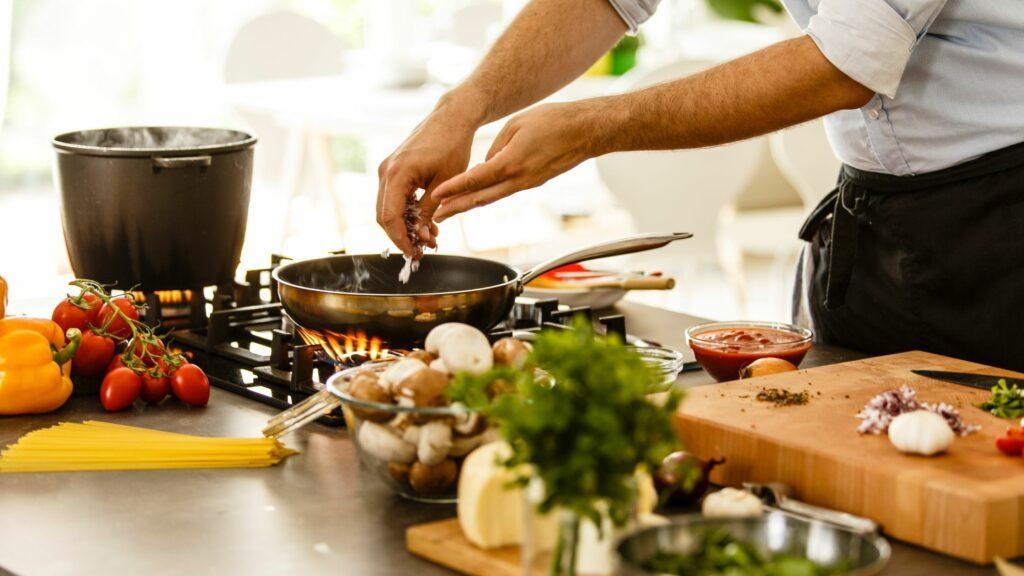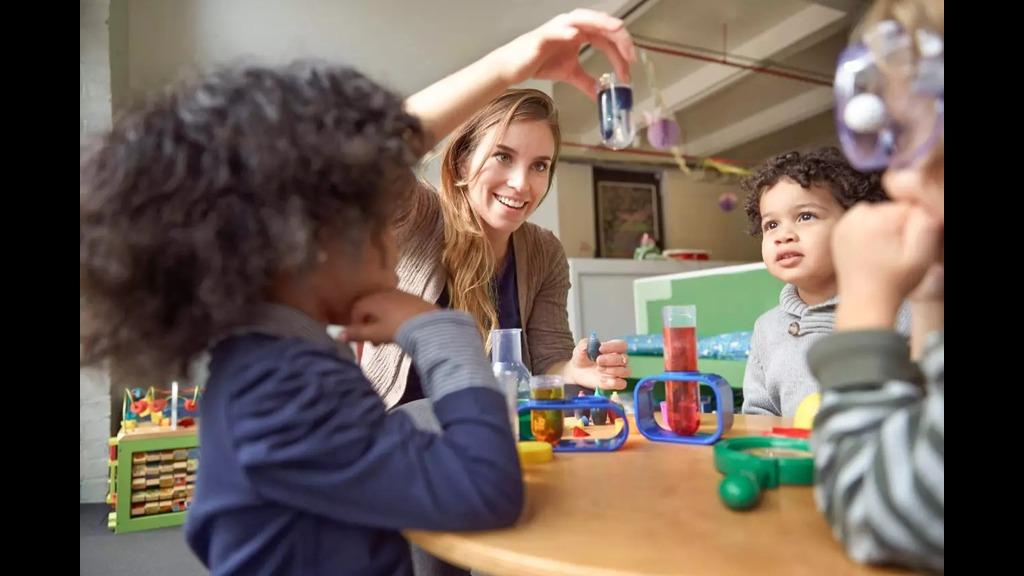Impeccably chopping herbs, sautéing vegetables to perfection, and plating as if it were a Michelin-starred work of art! No more takeouts. No more tasteless pasta. Just you, preparing meals worthy of a restaurant. Sounds almost like magic? Culinary classes made it happen.
Whether you are doing this for the love of it or want to pursue it more professionally, an otherworldly experience awaits anyone who decides to take culinary classes. In this article, we will take you through why culinary schools matter, the benefits of culinary education, choosing the right program, and all other modern trends affecting the future of cooking instruction.
Importance of Culinary Classes
1. A Base of Skills for All Levels
Culinary classes teach all the techniques you need, including knife skills, food safety, seasoning, and timing. All cookery revolves around these few skills.
2. Structured Learning Leads to Faster Development.
In contrast to YouTube, the curriculum of professional classes is made deliberately to systematically and measurably develop your skills.
3. Confidence in the Kitchen
You stop guessing your way through cooking and instead know what works and what doesn’t when you have gained insight into the science of cooking behind each step.
Other Benefits of Culinary Education
- Hands-On: Practice makes perfect, so most culinary programs focus on hands-on training.
- Mentor Relationship: Learn first-hand from chefs who’ve worked in kitchens and have a grip on the business.
- Access: Commercial-grade tools and some rare ingredients that are difficult to find at home.
- Networking Opportunities: To meet fellow food enthusiasts, potential collaborators, or even employers.
- Career Advancement: Whether just starting out or even if you have years of experience, having a diploma from an established institution can help get you through the door of the culinary world.
Choosing the Right Culinary Class
Step 1: Define Your Objective
Are you learning for personal enrichment, to start a business, or to be hired as a cook in a restaurant? The objectives will define your choice of class.
Step 2: Consider Categories of Courses
- Introductory Classes: Targeted for total novices.
- Specialized Classes: Such as baking, vegetarian cooking, international cooking, and more.
- Professional Certification Programs: For those aiming at a culinary career.
Step 3: Compare Institutions
Some top culinary schools include:
- Culinary Institute of America (CIA)
- Le Cordon Bleu
- Institute of Culinary Education (ICE)
Step 4: Check Logistics
- Timing and Duration
- Fees and Materials Provided
- Location or Online Class Availability
Real World Case Study: From Home Cook To Entrepreneurial Foodie
Priya, an Information Technology professional, met Indian cuisine. After a 12-week international cooking class at ICE, she set up her own pop-up dining experience in New York.
“I went from cooking for friends to serving curated, five-course meals to strangers—all because I gained the confidence and credibility through a structured culinary course,” she explained.
Survival Tips for Culinary Class
- Come Prepared: Read your materials beforehand and be ready to learn.
- Question: Be sure to ask your instructors questions to further your learning.
- Practice: Make sure to put some of your teachings into practice at home.
- Take Notes: Keep a written record or perhaps a photo diary of your creations.
- Taste: Taste everything; this is your most important tool- train it.
Common Mistakes to Avoid
What’s Next? The Future of Culinary Teaching
Conclusion: Cook with Intent, Plate with Passion
- You will develop foundational and advanced skills in a structured, nurturing environment.
- Choose a class that honors your goals and your lifestyle.
- Cultivate an attitude of lifelong learning, and don’t be hesitant to engage in trial and error.




